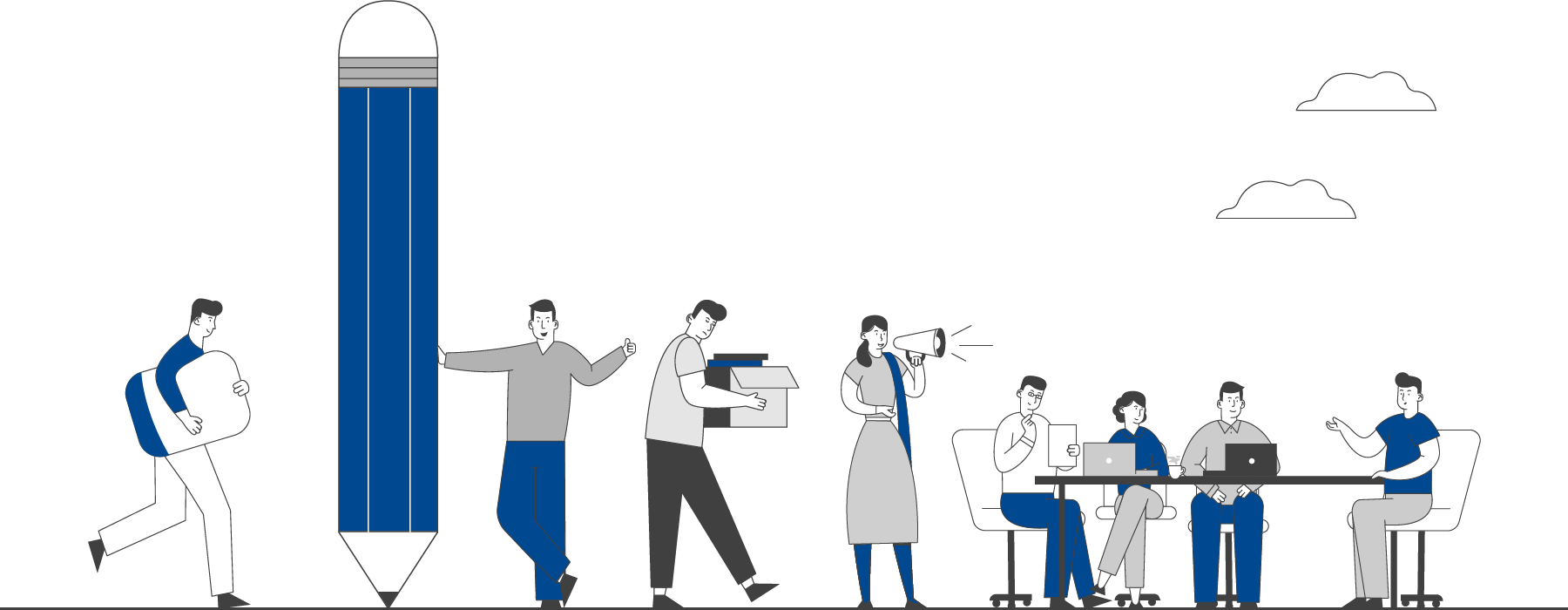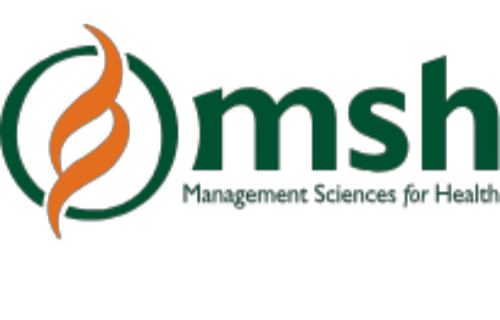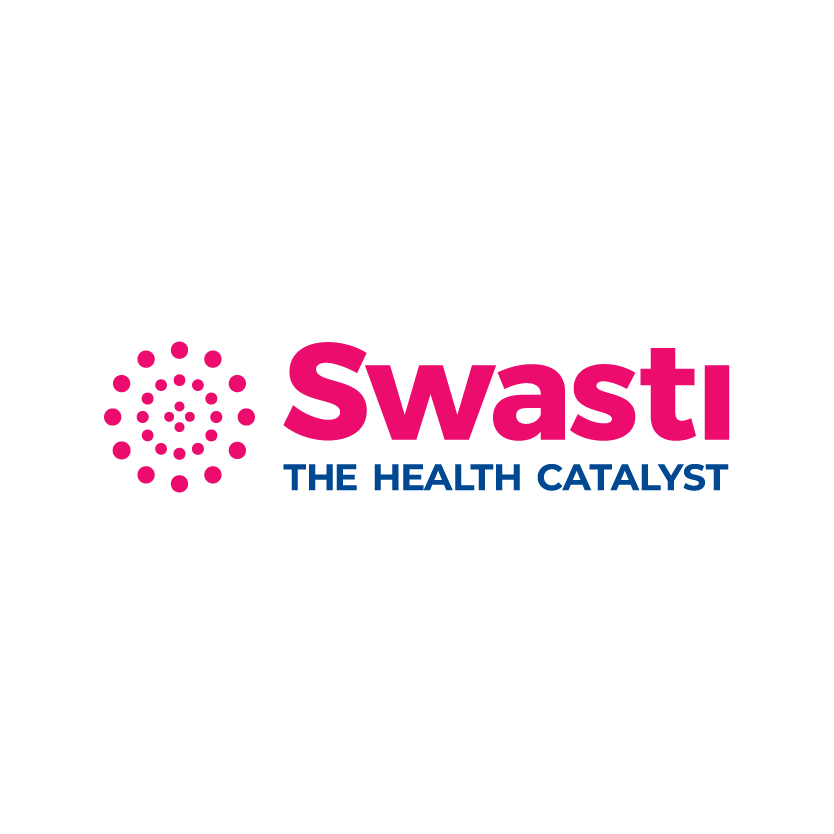

This section hosts guidelines, manuals and toolkits to strengthen public health practice.
Resources
FILTER
BY CATEGORY
View All
Augmented neutralisation resistance of emerging omicron subvariants BA.2.12.1, BA.4, and BA.5
07 Jul 2022by Prerna Arora, Amy Kempf, Inga Nehlmeier, Sebastian R Schulz, Anne Cossmann, Metodi V Stankov, Hans-Martin Jäck, Georg M N Behrens, Stefan Pöhlmann, Markus Hoffmann 5 MIN
Due to many mutations in the spike (S) protein, the SARS-CoV-2 omicron (B.1.1.529) variation is particularly resistant to antibody-mediated neutralization. The omicron subvariants BA.2.12.1, first found in the USA, and BA.4 and BA.5, first found in South Africa, are currently outcompeting the previously widespread BA.1 and BA.2 subvariants in a number of nations. It is unclear if the S proteins of BA.4 and BA.5, which are physically similar, and BA.2.12.1 differ from BA.1 and BA.2 in terms of neutralization sensitivity due to their distinct mutations. Using S-protein-bearing reporter viruses, which serve as an appropriate surrogate model, this work examines the neutralization of BA.2.12.1 and BA.4/BA.5 by monoclonal antibodies and antibodies produced in response to vaccination or infection. Particles containing the S proteins of either B.1 (which circulated during the early stages of the pandemic), BA.1, or BA.2 were used as references in this article. Despite subvariant-specific variations, it was found that all omicron subvariants successfully avoided neutralization by six of ten antibodies. The results of this study show that immune evasion of BA.2.12.1 is only slightly higher than that of BA.2, indicating that enhanced human-to-human transmissibility may be a factor in BA.2.12.1's spread. Finally, BA.4 and BA.5's strong neutralization evasion suggests that they are immune evasion variations, which are better able to disseminate in populations that are immunized or recovering from omicron, or both than BA.1 or BA.2.
Related File :
2980872817.pdfCategories
COVID-19

 EXPLORE DATA
EXPLORE DATA 



























